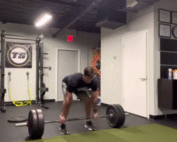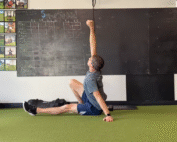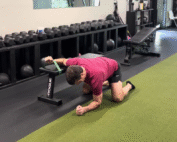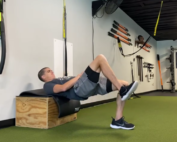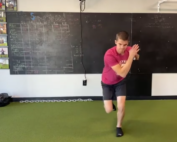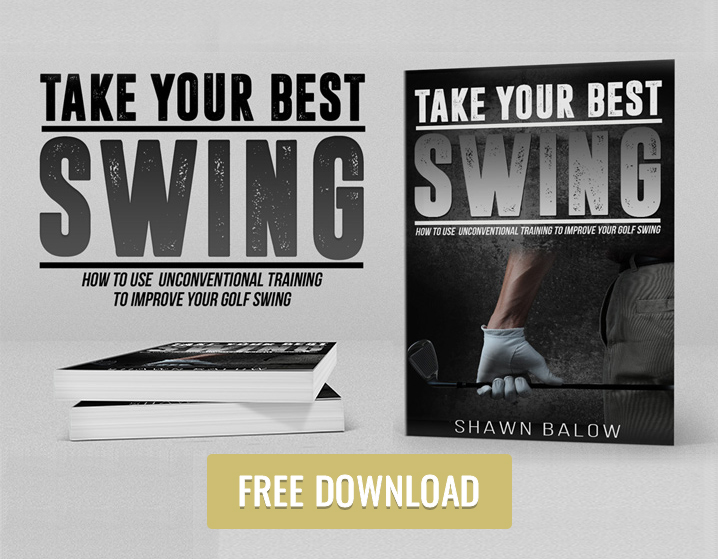You foam rolled…now what? Implications of fascia in training (Part 1)
Okay so everywhere you look- the internet, social media, and hopefully our previous article, are reasons why you should use a foam roller.
Is that the end to this fascia thing? I just rolled around on the ground which hurts and I’m supposed to be more flexible right?
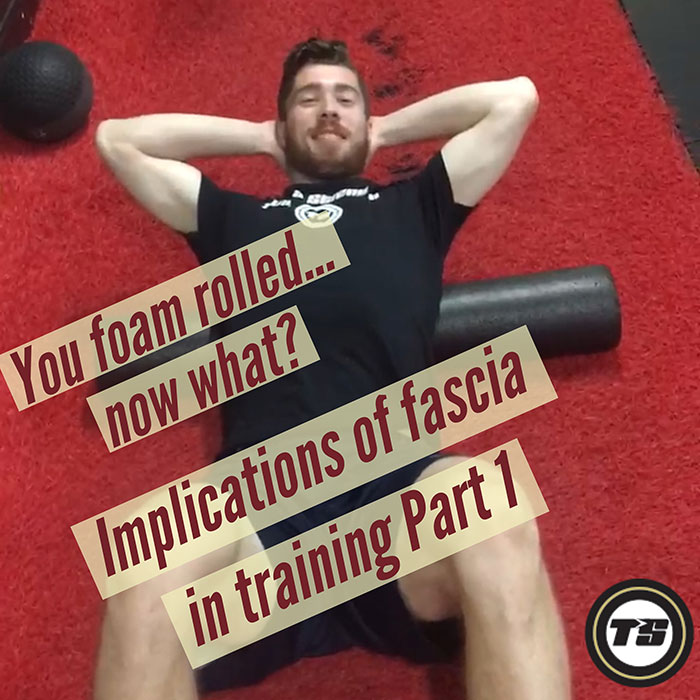
Knots limit movement
There is some truth to that but…that is just scratching the surface of the implications of fascia in training.
Self Myofascial Release (SMR) is the start to break up “knots” that could be impeding range of motion and functional muscle activity. After the “knots” are broken up and your tissue is primed to move, we want to train your body in a way that prevents it from becoming “knotted” up again.
That is what will help you move better.
Training for real movement
The fascical system in your body is all connected- from head to fingers to toes, as shown in the Anatomy Trains by Thomas Myers. This system connects all of the hundreds of muscles in your body.
It is important to train your body so that it can be more integrated and your movement more efficient. An example of this would be sprinting or throwing. These types of movements force you to integrate your entire body. Are the best athletes in the world the best weight lifters? Absolutely not. They are the best integrated movers in the entire world.
Another important element in training fascia is moving in all planes of motion. Most “real world” or “sports” movements are in all directions. An athlete runs forwards, backwards, cuts laterally, rotates (this is extremely important), jumps, lands, and much more.
Try and incorporate different planes of motion in your training, your body will thank you in the long run.
Lastly fascia responds to rhythmical movements.Using rhythmical movements trains long chains of fascia helping you integrate and coordinate your movements.
In summary three important factors for training your fascia are:
- Full body integrated movements
- Movements in multiple planes of motions/ vectors
- Rhythmical movements
Lastly it is noted that it is impossible to to train your fascia without training your muscles and vice versa. The two are connected. This article and series aims to give an additional consideration during exercise and for living a healthy lifestyle.
Next week we will discuss how to apply these techniques more specifically. If you have any questions or are interested in training with us at Tampa Strength please contact john@tampastrength.com or shawn@tampastrength.com.
Follow us on Facebook, Instagram, and Twitter for more movement tips: @TampaStrength.


